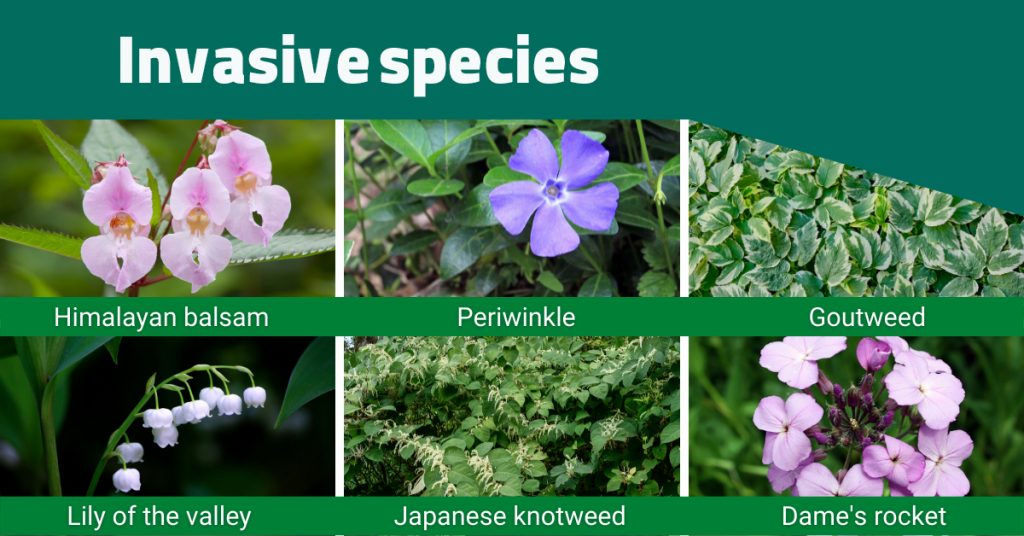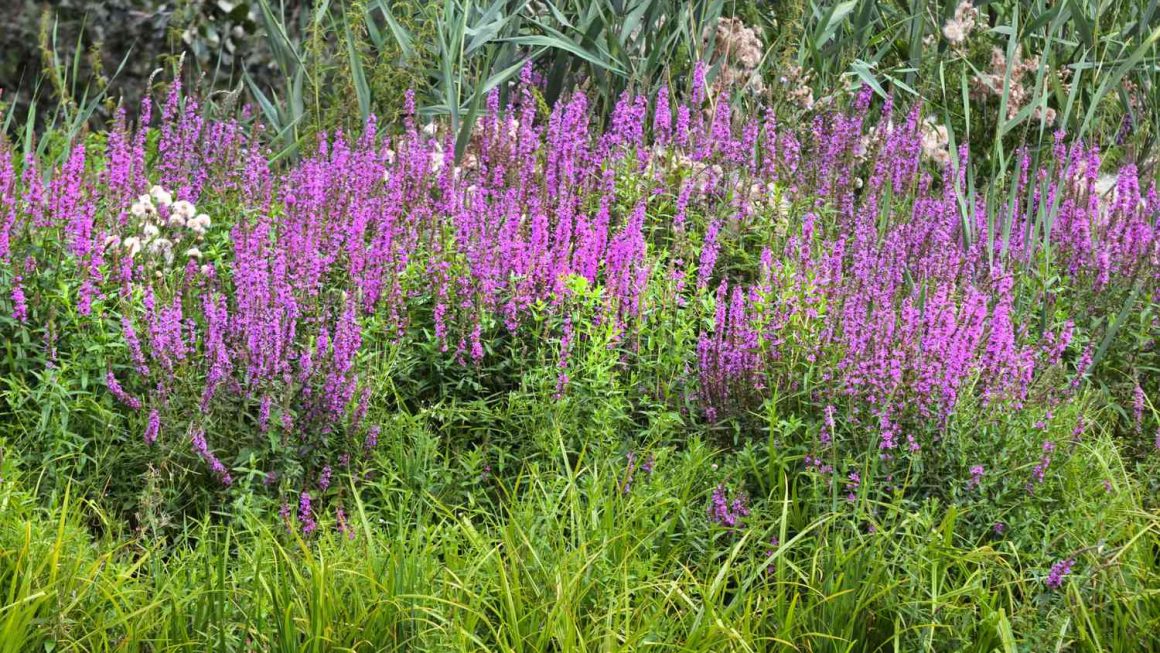In the intricate tapestry of ecosystems, the introduction of invasive plant species can act as disruptors, altering the balance and posing threats to native flora and fauna. Invasive plants, often introduced unintentionally or for horticultural purposes, can outcompete native species, degrade habitats, and even cause economic and ecological damages. In this weblog article, we will delve into the world of invasive plant species, exploring their impact, characteristics, and strategies for management.
Understanding Invasive Plant Species:
Characteristics:
Invasive plants exhibit traits that give them a competitive edge over native species. These characteristics may include rapid growth, prolific seed production, adaptability to various environmental conditions, and a lack of natural predators.
Introduction Pathways:
Invasive plants are often introduced through human activities such as trade, agriculture, and gardening. Seeds, cuttings, or entire plants may be transported across borders, leading to the establishment of non-native species in new environments.
Ecological Impact:
The ecological impact of invasive plants is multifaceted. They can outcompete native plants for resources like sunlight, water, and nutrients, leading to a decline in biodiversity. Invasive species may also alter soil composition and nutrient cycling.
Economic Consequences:
In addition to ecological concerns, invasive plants can have significant economic consequences. They may impact agriculture, forestry, and infrastructure, causing damage that requires costly control and management measures.

Management Strategies for Invasive Plants:
Early Detection and Rapid Response:
Early identification of invasive species is crucial. Rapid response programs involve swiftly containing and eradicating new invasive populations before they become established.
Biological Control:
Introducing natural enemies of invasive plants, such as herbivores or pathogens, can help control their populations. This method aims to reduce the invasive species’ vigor without causing harm to native flora.
Mechanical and Chemical Control:
Physical methods like manual removal, mowing, or cutting can be employed to control invasive plants. Additionally, herbicides may be used, but this approach requires careful consideration to minimize harm to non-target species.
Restoration of Native Habitats:
Rehabilitating disturbed habitats and promoting the growth of native species can enhance resilience against invasive plants. This involves replanting native vegetation and restoring natural ecosystem processes.
Public Awareness and Education:
Raising awareness among the public, land managers, and policymakers is crucial for preventing the introduction and spread of invasive species. Education campaigns can promote responsible gardening and discourage the release of non-native plants into the wild.
Case Studies:
Highlighting specific examples of invasive plant species and their impacts on ecosystems can provide real-world insights into the challenges posed by these invaders. Case studies can include the spread of species like kudzu in the United States or water hyacinth in aquatic ecosystems.

Managing invasive plant species requires a multifaceted approach that combines early detection, effective control methods, and public engagement. By understanding the characteristics and pathways of invasive plants, communities can work together to protect the delicate balance of ecosystems and promote the resilience of native flora and fauna.






